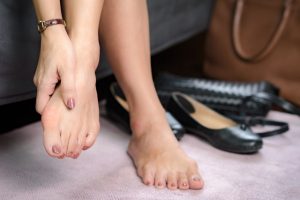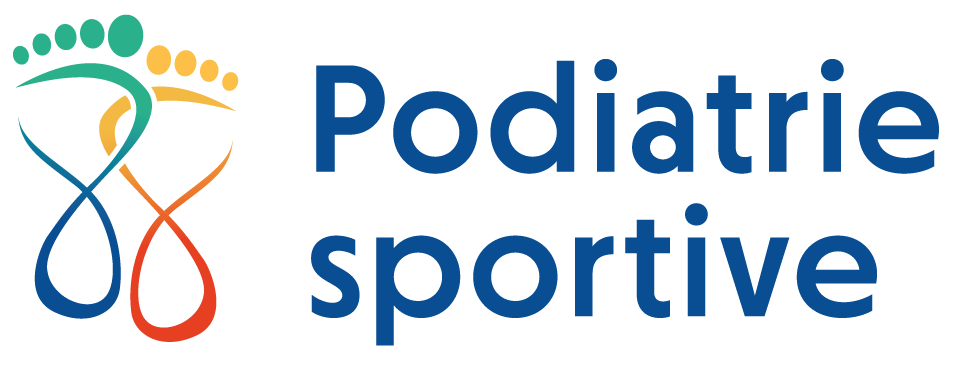
As described in a previous article: Hallux abducto-valgus (HAV), commonly referred to as a
bunion, is an articular deformation stemming from the deviation of the big toe and resulting in a
bump on the inner side of the foot. It is a rather frequent and at times painful pathology, seen
predominantly in women. Bunions develop generally during adulthood and tend to become more
symptomatic past age 65. Causal factors include wearing tight shoes and high heels. However,
genetics, foot morphology, neuromuscular and rheumatic disorders can be contributing factors as
well.
As time passes, if the bunion progresses, it may create malalignment with walking or while
practicing your favorite physical activities, which may have repercussions on other parts of the body
such as the knees and hips. This may jeopardize one’s ability to stay active in elder years in order
to avoid falls and other ailments due to sedentary. Thankfully, there exists a protocol to slow down
the process and bring your toe to a more natural position.
Treating a hallux valgus
The non-invasive treatment proposed by your sports podiatrist aims at principally neutralizing the
mechanical causes that have contributed to the deformity. While it may be visible to the naked eye
and its diagnosis evident; radiographs are pertinent to assess the severity of the problem. The
results will help to better align the treatment protocol to your individual needs.
The protocol consists of a combination of manipulations, mobilizations, and targeted stretches
and exercises to increase mobility in the posterior muscle chain and strengthen the intrinsic
musculature of the foot, respectively.
Example of exercises:
• Calf stretches
• Massaging between the first and second metatarsals
• Mobilising the big toe
• flexion and extension of the foot
• Toe rotation
• Strengthening of the abductor muscle of the big toe
• Concsoius weight-bearing exercises.
Ideally, one ought to integrate these exercises into your daily routine in to reeducate the
muscles of the foot. Note that these techniques may not be suitable for all patients.
Certain contraindications are to be ruled out before going forward.
• Infection
• Bone disease
• Fusion
• Ligament rupture
• Hypermobility or ligament laxity
• Rheumatoid arthritis
How to prevent and reduce bunion pain :
• Wear comfortable shoes, not too tight, and with proper
soles
• Reduce inflammation
• Identify the source of the problem
Management of the condition also includes therapeutic bandages and
plantar orthotics if needed. Surgery is considered if the quality of life is greatly
affected. Furthermore, the rate of complications of surgical procedures is non-negligible
and varies from one person to the next therefore ought to be considered after having
exhausted conservative care.
Without treatment, it is safe to admit that the bunion will progress, the foot will be
malaligned thus allowing the development of corns and calluses and setting the stage for
hammer toes and osteoarthritis.
Do not delay in consulting and following advice from your podiatrist before the bunions become
painful.
You can watch our video to learn on how to slow down a bunion!
